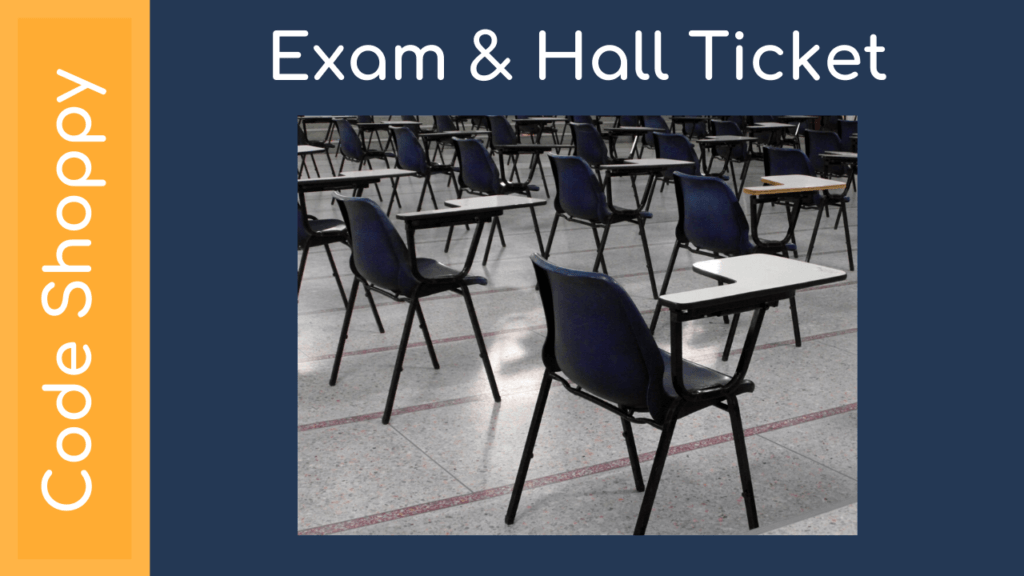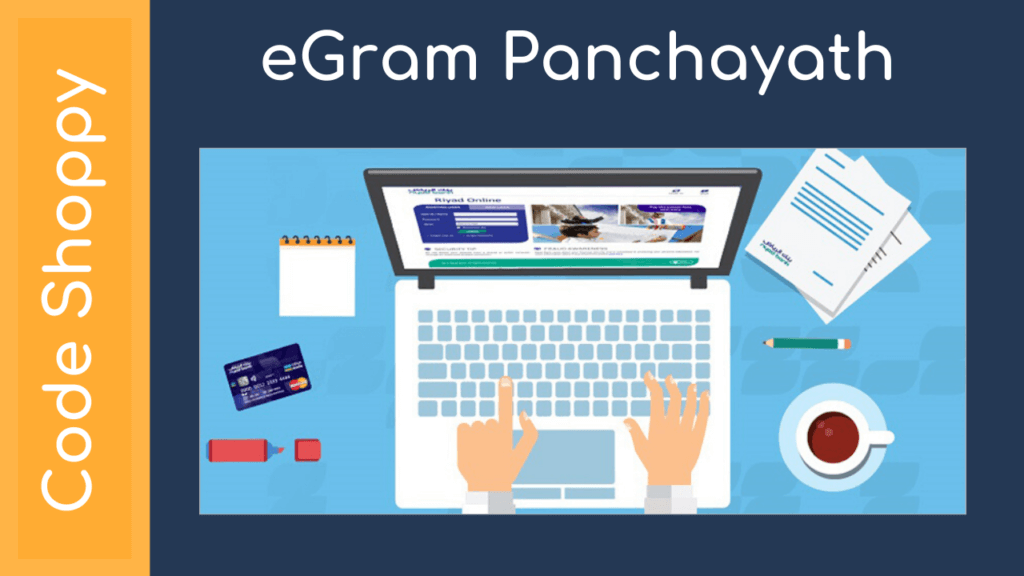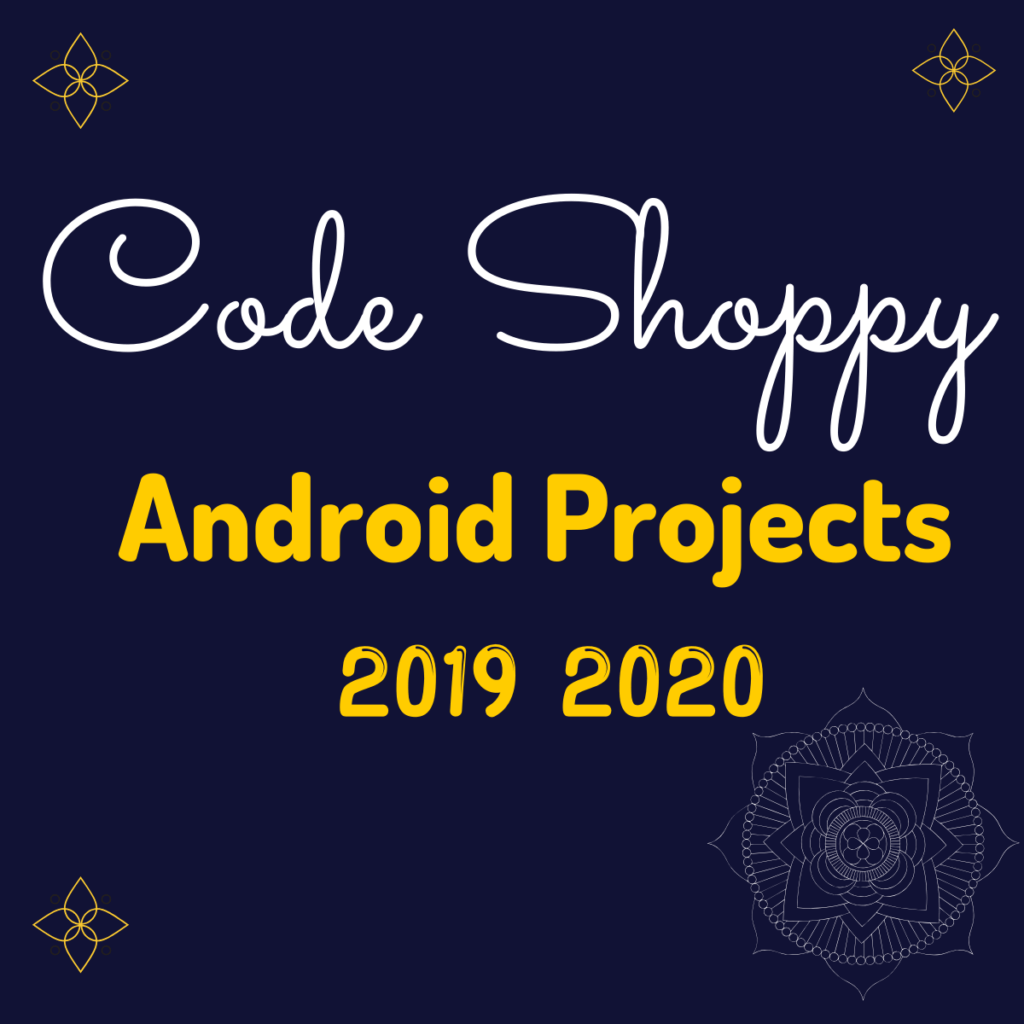ABSTRACT:
Statistics from security firms, research institutions and government organizations show that the numbers of data-leak instances have grown rapidly in recent years. Among various data-leak cases, human mistakes are one of the main causes of data loss. There exist solutions detecting inadvertent sensitive data leaks caused by human mistakes and to provide alerts for organizations. A common approach is to screen content in storage and transmission for exposed sensitive information. Such an approach usually requires the detection operation to be conducted in secrecy. However, this secrecy requirement is challenging to satisfy in practice, as detection servers may be compromised or outsourced.
In this paper, we present a privacy preserving data-leak detection (DLD) solution to solve the issue where a special set of sensitive data digests is used in detection. The advantage of our method is that it enables the data owner to safely delegate the detection operation to a semihonest provider without revealing the sensitive data to the provider. We describe how Internet service providers can offer their customers DLD as an add-on service with strong privacy guarantees. The evaluation results show that our method can support accurate detection with very small number of false alarms under various data-leak scenarios.
INTRODUCTION:
According to a report from Risk Based Security (RBS), the number of leaked sensitive data records has increased dramatically during the last few years, i.e., from 412 million in 2012 to 822 million in 2013. Deliberately planned attacks, inadvertent leaks (e.g., forwarding confidential emails to unclassified email accounts), and human mistakes (e.g., assigning the wrong privilege) lead to most of the data-leak incidents. Detecting and preventing data leaks requires a set of complementary solutions, which may include data-leak detection, data confinement, stealthy malware detection and policy enforcement.
Network data-leak detection (DLD) typically performs deep packet inspection (DPI) and searches for any occurrences of sensitive data patterns. DPI is a technique to analyze payloads of IP/TCP packets for inspecting application layer data, e.g., HTTP header/content. Alerts are triggered when the amount of sensitive data found in traffic passes a threshold. The detection system can be deployed on a router or integrated into existing network intrusion detection systems (NIDS). Straightforward realizations of data-leak detection require the plaintext sensitive data.
However, this requirement is undesirable, as it may threaten the confidentiality of the sensitive information. If a detection system is compromised, then it may expose the plaintext sensitive data (in memory). In addition, the data owner may need to outsource the data-leak detection to providers, but may be unwilling to reveal the plaintext sensitive data to them. Therefore, one needs new data-leak detection solutions that allow the providers to scan content for leaks without learning the sensitive information.
In this paper, we propose a data-leak detection solution which can be outsourced and be deployed in a semihonest detection environment. We design, implement, and evaluate our fuzzy fingerprint technique that enhances data privacy during data-leak detection operations. Our approach is based on a fast and practical one-way computation on the sensitive data (SSN records, classified documents, sensitive emails, etc.). It enables the data owner to securely delegate the content-inspection task to DLD providers without exposing the sensitive data. Using our detection method, the DLD provider, who is modeled as an honest-but-curious (aka semi-honest) adversary, can only gain limited knowledge about the sensitive data from either the released digests, or the content being inspected. Using our techniques, an Internet service provider (ISP) can perform detection on its customers’ traffic securely and provide data-leak detection as an add-on service for its customers. In another scenario, individuals can mark their own sensitive data and ask the administrator of their local network to detect data leaks for them.
In our detection procedure, the data owner computes a special set of digests or fingerprints from the sensitive data and then discloses only a small amount of them to the DLD provider. The DLD provider computes fingerprints from network traffic and identifies potential leaks in them. To prevent the DLD provider from gathering exact knowledge about the sensitive data, the collection of potential leaks is composed of real leaks and noises. It is the data owner, who post-processes the potential leaks sent back by the DLD provider and determines whether there is any real data leak.
Our contributions are summarized as follows.
1) We describe a privacy-preserving data-leak detection model for preventing inadvertent data leak in network traffic. Our model supports detection operation delegation and ISPs can provide data-leak detection as an add-on service to their customers using our model. We design, implement, and evaluate an efficient technique, fuzzy fingerprint, for privacy-preserving data-leak detection. Fuzzy fingerprints are special sensitive data digests prepared by the data owner for release to the DLD provider.
2) We implement our detection system and perform extensive experimental evaluation on 2.6 GB Enron dataset, Internet surfing traffic of 20 users, and also 5 simulated real-worlds data-leak scenarios to measure its privacy guarantee, detection rate and efficiency. Our results indicate high accuracy achieved by our underlying scheme with very low false positive rate. Our results also show that the detection accuracy does not degrade much when only partial (sampled) sensitive-data digests are used. In addition, we give an empirical analysis of our fuzzification as well as of the fairness of fingerprint partial disclosure.
LITRATURE SURVEY
PRIVACY-AWARE COLLABORATIVE SPAM FILTERING
AUTHORS: K. Li, Z. Zhong, and L. Ramaswamy
PUBLISH: IEEE Trans. Parallel Distrib. Syst., vol. 20, no. 5, pp. 725–739, May 2009.
EXPLANATION:
While the concept of collaboration provides a natural defense against massive spam e-mails directed at large numbers of recipients, designing effective collaborative anti-spam systems raises several important research challenges. First and foremost, since e-mails may contain confidential information, any collaborative anti-spam approach has to guarantee strong privacy protection to the participating entities. Second, the continuously evolving nature of spam demands the collaborative techniques to be resilient to various kinds of camouflage attacks. Third, the collaboration has to be lightweight, efficient, and scalable. Toward addressing these challenges, this paper presents ALPACAS-a privacy-aware framework for collaborative spam filtering. In designing the ALPACAS framework, we make two unique contributions. The first is a feature-preserving message transformation technique that is highly resilient against the latest kinds of spam attacks. The second is a privacy-preserving protocol that provides enhanced privacy guarantees to the participating entities. Our experimental results conducted on a real e-mail data set shows that the proposed framework provides a 10 fold improvement in the false negative rate over the Bayesian-based Bogofilter when faced with one of the recent kinds of spam attacks. Further, the privacy breaches are extremely rare. This demonstrates the strong privacy protection provided by the ALPACAS system.
DATA LEAK DETECTION AS A SERVICE: CHALLENGES AND SOLUTIONS
AUTHORS: X. Shu and D. Yao
PUBLISH: Proc. 8th Int. Conf. Secur. Privacy Commun. Netw., 2012, pp. 222–240
EXPLANATION:
We describe network-based data-leak detection (DLD) technique, the main feature of which is that the detection does not require the data owner to reveal the content of the sensitive data. Instead, only a small amount of specialized digests are needed. Our technique – referred to as the fuzzy fingerprint – can be used to detect accidental data leaks due to human errors or application flaws. The privacy-preserving feature of our algorithms minimizes the exposure of sensitive data and enables the data owner to safely delegate the detection to others. We describe how cloud providers can offer their customers data-leak detection as an add-on service with strong privacy guarantees. We perform extensive experimental evaluation on the privacy, efficiency, accuracy and noise tolerance of our techniques. Our evaluation results under various data-leak scenarios and setups show that our method can support accurate detection with very small number of false alarms, even when the presentation of the data has been transformed. It also indicates that the detection accuracy does not degrade when partial digests are used. We further provide a quantifiable method to measure the privacy guarantee offered by our fuzzy fingerprint framework.
QUANTIFYING INFORMATION LEAKS IN OUTBOUND WEB TRAFFIC
AUTHORS: K. Borders and A. Prakash
PUBLISH: Proc. 30th IEEE Symp. Secur. Privacy, May 2009, pp. 129–140.
EXPLANATION:
As the Internet grows and network bandwidth continues to increase, administrators are faced with the task of keeping confidential information from leaving their networks. Todaypsilas network traffic is so voluminous that manual inspection would be unreasonably expensive. In response, researchers have created data loss prevention systems that check outgoing traffic for known confidential information. These systems stop naive adversaries from leaking data, but are fundamentally unable to identify encrypted or obfuscated information leaks. What remains is a high-capacity pipe for tunneling data to the Internet. We present an approach for quantifying information leak capacity in network traffic. Instead of trying to detect the presence of sensitive data-an impossible task in the general case–our goal is to measure and constrain its maximum volume. We take advantage of the insight that most network traffic is repeated or determined by external information, such as protocol specifications or messages sent by a server. By filtering this data, we can isolate and quantify true information flowing from a computer. In this paper, we present measurement algorithms for the Hypertext Transfer Protocol (HTTP), the main protocol for Web browsing. When applied to real Web browsing traffic, the algorithms were able to discount 98.5% of measured bytes and effectively isolate information leaks.
SYSTEM ANALYSIS
EXISTING SYSTEM:
- Existing detecting and preventing data leaks requires a set of complementary solutions, which may include data-leak detection, data confinement, stealthy malware detection, and policy enforcement.
- Network data-leak detection (DLD) typically performs deep packet inspection (DPI) and searches for any occurrences of sensitive data patterns. DPI is a technique to analyze payloads of IP/TCP packets for inspecting application layer data, e.g., HTTP header/content.
- Alerts are triggered when the amount of sensitive data found in traffic passes a threshold. The detection system can be deployed on a router or integrated into existing network intrusion detection systems (NIDS).
- Straightforward realizations of data-leak detection require the plaintext sensitive data. However, this requirement is undesirable, as it may threaten the confidentiality of the sensitive information. If a detection system is compromised, then it may expose the plaintext sensitive data (in memory).
- In addition, the data owner may need to outsource the data-leak detection to providers, but may be unwilling to reveal the plaintext sensitive data to them. Therefore, one needs new data-leak detection solutions that allow the providers to scan content for leaks without learning the sensitive information.
DISADVANTAGES:
- As the Internet grows and network bandwidth continues to increase, administrators are faced with the task of keeping confidential information from leaving their networks. In response, researchers have created data loss prevention systems that check outgoing traffic for known confidential information.
- These systems stop naive adversaries from leaking data, but are fundamentally unable to identify encrypted or obfuscated information leaks. What remains is a high-capacity pipe for tunneling data to the Internet.\
- Existing approach for quantifying information leak capacity in network traffic instead of trying to detect the presence of sensitive data-an impossible task in the general case–our goal is to measure and constrain its maximum volume.
- We take disadvantage of the insight that most network traffic is repeated or determined by external information, such as protocol specifications or messages sent by a server. By filtering this data, we can isolate and quantify true information flowing from a computer.
PROPOSED SYSTEM:
- We propose a data-leak detection solution which can be outsourced and be deployed in a semihonest detection environment. We design, implement, and evaluate our fuzzy fingerprint technique that enhances data privacy during data-leak detection operations.
- Our approach is based on a fast and practical one-way computation on the sensitive data (SSN records, classified documents, sensitive emails, etc.). It enables the data owner to securely delegate the content-inspection task to DLD providers without exposing the sensitive data.
- Our detection method, the DLD provider, who is modeled as an honest-but-curious (aka semi-honest) adversary, can only gain limited knowledge about the sensitive data from either the released digests, or the content being inspected. Using our techniques, an Internet service provider (ISP) can perform detection on its customers’ traffic securely and provide data-leak detection as an add-on service for its customers. In another scenario, individuals can mark their own sensitive data and ask the administrator of their local network to detect data leaks for them.
- Our detection procedure, the data owner computes a special set of digests or fingerprints from the sensitive data and then discloses only a small amount of them to the DLD provider. The DLD provider computes fingerprints from network traffic and identifies potential leaks in them.
- To prevent the DLD provider from gathering exact knowledge about the sensitive data, the collection of potential leaks is composed of real leaks and noises. It is the data owner, who post-processes the potential leaks sent back by the DLD provider and determines whether there is any real data leak.
ADVANTAGES:
- We describe privacy-preserving data-leak detection model for preventing inadvertent data leak in network traffic. Our model supports detection operation delegation and ISPs can provide data-leak detection as an add-on service to their customers using our model.
- We design, implement, and evaluate an efficient technique, fuzzy fingerprint, for privacy-preserving data-leak detection. Fuzzy fingerprints are special sensitive data digests prepared by the data owner for release to the DLD provider.
- We implement our detection system and perform extensive experimental evaluation on internet surfing traffic of 20 users, and also 5 simulated real-worlds data-leak scenarios to measure its privacy guarantee, detection rate and efficiency.
- Our results indicate high accuracy achieved by our underlying scheme with very low false positive rate. Our results also show that the detection accuracy does not degrade much when only partial (sampled) sensitive-data digests are used an empirical analysis of our fuzzification as well as of the fairness of fingerprint partial disclosure.
HARDWARE & SOFTWARE REQUIREMENTS:
HARDWARE REQUIREMENT:
v Processor – Pentium –IV
- Speed – 1 GHz
- RAM – 256 MB (min)
- Hard Disk – 20 GB
- Floppy Drive – 44 MB
- Key Board – Standard Windows Keyboard
- Mouse – Two or Three Button Mouse
- Monitor – SVGA
SOFTWARE REQUIREMENTS:
- Operating System : Windows XP or Win7
- Front End : JAVA JDK 1.7
- Back End : MYSQL Server
- Server : Apache Tomact Server
- Script : JSP Script
- Document : MS-Office 2007










